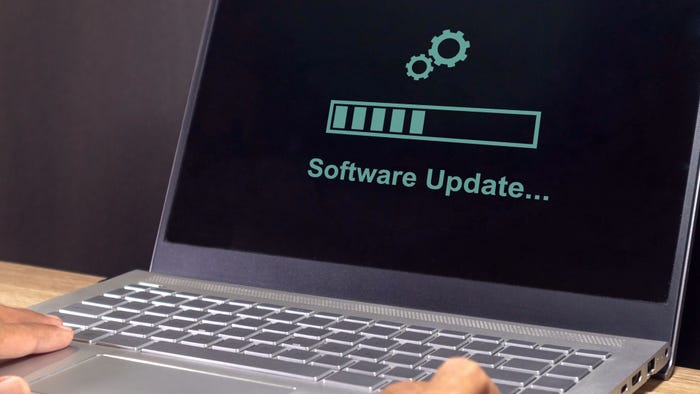Intelligent Authentication Market Grows to Meet Demand
Confidence in user identity is critical to prevent fraud and theft, and companies are looking for new ways to get the necessary assurance.
July 5, 2019

It's 2019 and we still don't know who the users are. That's a conclusion that both IT executives and growing security companies are eager to see solved. And according to a report from Research and Markets, that eagerness should drive the advanced authentication market to a 12% compound annual growth rate (CAGR) from 2019 to 2024.
The real issue in authentication is increasing the confidence in the user's identity while decreasing the time and effort required for legitimate users to go through the authentication process. It's a complex problem that has seen proposed solutions as diverse as Google's Android-based two-factor authentication, Auth0's Sign In with Apple program, and Arkose Labs' challenge and response mechanism. Companies are investing in developing winning authentication strategies for a simple reason: Billions of dollars are at stake.
Jeremiah Grossman, founder of WhiteHat Security and chief of security strategy for SentinelOne, has joined the advisory board of Arkose Labs. He says the companies developing advanced authentication strategies are trying to change the basic economics with which the criminals work. Today, he says, "If you give any company a million dollars to spend on computer security, they're not going to be able to do very much with it because an adversary might have to spend a thousand dollars to counteract their millions. The only way that we're going to make ground in computer security is by reversing it, meaning every thousand we spend they have to spend a million to beat us. Then we'll get somewhere."
That "somewhere" would seem to involve a place in which it's more difficult to steal and use credentials — especially credentials for accounts with elevated privileges in the network and application infrastructure. A breach at cloud service provider PCM Inc., revealed by Krebs on Security in mid-June, illustrates the importance of enhanced authentication routines.
The credentials taken by the criminals in this case were for administrative accounts used to manage Office 365 installations for PCM's customers. Once the customer accounts were breached, the criminals then used individual user information to perpetrate gift card fraud, an increasingly common way for criminals to monetize their activities without involving banks or other mainstream financial institutions.
"To avoid suffering the same fate as PCM, enterprises must implement security solutions that scan and monitor all assets and detect vulnerabilities that could be exploited — like PCM's lack of multifactor authentication or other identity verification features within its Office 365 system," says Jonathan Bensen, CISO of Balbix. "By failing to secure its Office 365 with tighter controls and therefore putting its clients' bottom lines at risk due to gift card fraud, PCM and its customers stand to suffer significant damage."
In response to the PCM breach and similar crimes, Krebs on Security reports that Microsoft will now require multifactor authentication for all its managed service providers offering Office 365. It's not a new technology solution, but it is now being applied by contractual force.
The sheer size of the damage is finally getting the attention of the enterprise, though. According to a new report by Industry Research, the global fraud detection and prevention market was valued at $13.59 billion in 2018 and is expected to reach $31.15 billion by 2024, a CAGR of 16.42%
Grossman says that the willingness to apply a solution is as critical as the technology involved. "If we look at the vast majority of breaches over the last 10 or 20 years, with rare exceptions, infosec knew how to prevent the break-in." He explains, "In every one of the cases, we had technological solutions and controls that we could have put in to stop everything except zero days."
What has been lacking, Grossman says, is the financial incentive to build in security. "Those in the best position to do something about it aren't necessarily incentivized to do something about it. It's why we have identity theft and not loan fraud, because the incentives were in the wrong place."
Related content:

Black Hat USA returns to Las Vegas with hands-on technical Trainings, cutting-edge Briefings, Arsenal open-source tool demonstrations, top-tier security solutions and service providers in the Business Hall. Click for information on the conference and to register.
About the Author
You May Also Like

_Daniren_Alamy.jpg?width=700&auto=webp&quality=80&disable=upscale)
